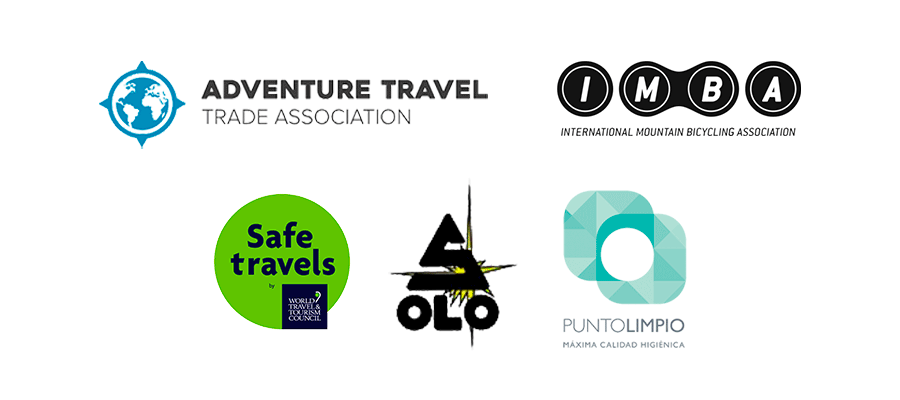Dating as far back as the early 1700s, Jesuit mining activities took place in underground, gallery-style systems in the Sierra Cacachilas.
An abandoned tunnel unearthed by our geologists and historians.
These mines were dangerous places because there were few resources, such as timber for shoring, equipment for digging, pumps for removing water and materials for blasting. With the removal of the Jesuits from Spain's territories the mines were abandoned. Some historians say that once the Jesuits left, locals hid the mines.
Whatever the reasons were, since then we have no evidence of mining activities in the Cacachilas region until more than a century later. In the 1840s, claim records and activities resurfaced, and we again begin to see several different periods of mining activity. Examples are shown here in extraordinary photos that we have recently discovered and compiled from old newspaper reports, various historians' records, and other such documents.
Original wooden pillars used for shoring in the tunnels.
Sierra Cacachilas miners more than a century ago. *
In 1857, “Compania Unida de Minas de La Baja California” was created by several Mexican individuals along with the Mexican government to explore and concentrate ores found in the Sierra Cacachilas.
Although resources for developing mines were still very difficult to acquire, several prominent mines were established, or re-established, in the region. San Rafael, El Chivato, Las Canoas and Cacachilas were among them.
It was during this time that the town of Cacachilas was settled with a population of approximately 200 people.
In 1888, mining claims in the region were unified by a group consisting of Don Felix Gibert, former Governor of Lower California, Dr. Plutarco Ornelas, Mexico’s Consul General to San Antonio, Texas and San Antonio based investors led by Leonardo W. Orynski.
This group carried out mining activities in the Cacachilas mountains until the U.S. government repealed the Sherman Silver Purchase Act in 1893 and moved to the Gold Standard. Overnight, silver prices plummeted and mines closed from Montana, USA to Baja California Sur, Mexico.
Cacachilas mining site, past and present.
Canoas Canyon mining site, past and present. *
Mr. Orynski purchased rights to the area and continued to carry out mining operations until the 1910 Mexican Revolution and a series of catastrophic hurricane-driven floods brought the mining to an end. These two events effectively shut down mining operations in the Cacachilas and other Lower California mining districts including those based in San Antonio and El Triunfo.
With the exception of a brief exploration effort undertaken by the engineer Sebastian Diaz Encinas during the late 1960s and early 1970s, mining activities in the Cacachilas region have since remained dormant. For additional information on Mr. Leonardo Orynski, and the mining districts of the municipality of La Paz, be sure to visit the mining history museum — Museo Ruta de Plata — that is now open!
* Three of the above photographs depicting the past, including the banner at the top of the page, are courtesy of the Ralph Arnold Collection at The Huntington Library, San Marino, CA, USA.
Museo Ruta de Plata Highlighted in Journal Del Pacifico
“The museum itself was built on the site of some abandoned buildings that they believe once housed a tannery, all right next to the ruins of the silver mining and milling operations. In fact, it was when [Christy] Walton saw some children playing in these ruins that she was inspired to create the museum as a way to help revitalize El Triunfo by promoting its cultural heritage, one that was perhaps already lost to its younger generations.”





